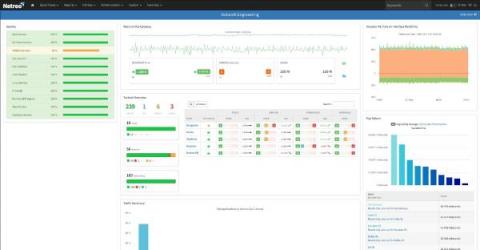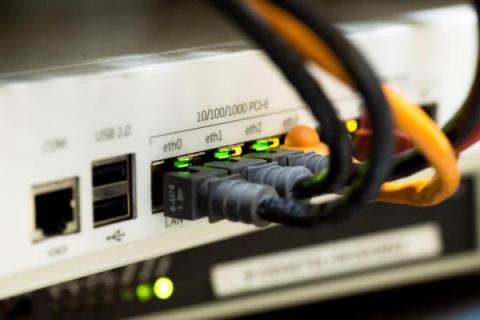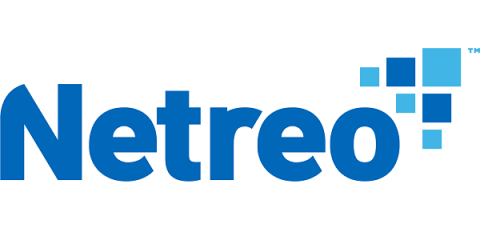Device Onboarding with Netreo's Auto Configuration
Wouldn’t it be great if there was some attribute you could query and set on a device? Then you could automagically configure that device based on that attribute that you just set for fully automated device onboarding! Welcome to Dynamic Device Attribute Pollers and Auto-Configuration Parameters! Rolls right off the tongue doesn’t it?











